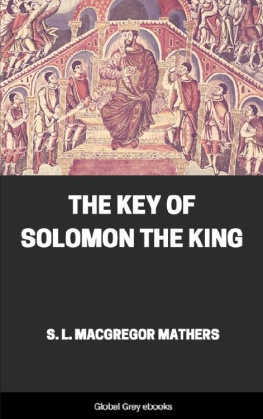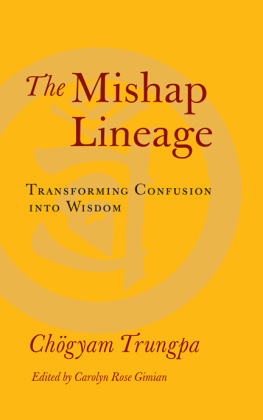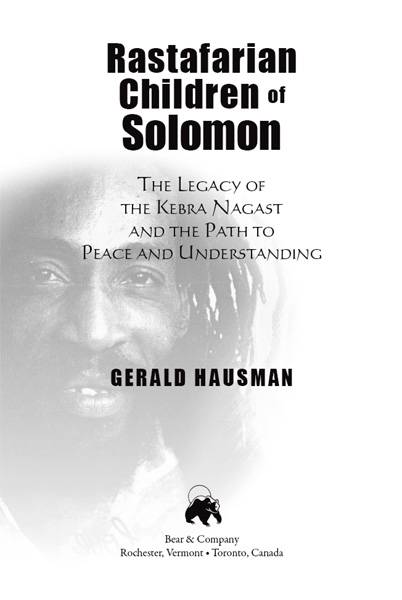Gerald Hausman - Rastafarian Children of Solomon: The Legacy of the Kebra Nagast and the Path to Peace and Understanding
Here you can read online Gerald Hausman - Rastafarian Children of Solomon: The Legacy of the Kebra Nagast and the Path to Peace and Understanding full text of the book (entire story) in english for free. Download pdf and epub, get meaning, cover and reviews about this ebook. year: 2013, publisher: Inner Traditions/Bear & Company, genre: Art. Description of the work, (preface) as well as reviews are available. Best literature library LitArk.com created for fans of good reading and offers a wide selection of genres:
Romance novel
Science fiction
Adventure
Detective
Science
History
Home and family
Prose
Art
Politics
Computer
Non-fiction
Religion
Business
Children
Humor
Choose a favorite category and find really read worthwhile books. Enjoy immersion in the world of imagination, feel the emotions of the characters or learn something new for yourself, make an fascinating discovery.

- Book:Rastafarian Children of Solomon: The Legacy of the Kebra Nagast and the Path to Peace and Understanding
- Author:
- Publisher:Inner Traditions/Bear & Company
- Genre:
- Year:2013
- Rating:5 / 5
- Favourites:Add to favourites
- Your mark:
Rastafarian Children of Solomon: The Legacy of the Kebra Nagast and the Path to Peace and Understanding: summary, description and annotation
We offer to read an annotation, description, summary or preface (depends on what the author of the book "Rastafarian Children of Solomon: The Legacy of the Kebra Nagast and the Path to Peace and Understanding" wrote himself). If you haven't found the necessary information about the book — write in the comments, we will try to find it.
Includes the authors interviews with bush doctors, healers, and Rastafarians gathered during his 15 years of living in Jamaica
Reveals the old ways of the Rastafarians and how their beliefs form an unbroken lineage tracing back to King Solomon
Explains the connection of Rasta beliefs to important biblical passages
Tracing their lineage back to King Solomonthe wisest man who ever livedRastafarians follow a spiritual tradition of peace and meditation that is more a way of life than an organized religion. During his 15 years living in Jamaica, Gerald Hausman developed deep friendships with Rastafarians and rootsmen, enabling him to experience firsthand the beliefs and traditions of these followers of the Kebra Nagastthe African gospel excised from the King James version of the Bible. He met bush doctors, Rasta preachers, members of the Marley family, and respected elders who knew Marcus Garvey, prophet of the Rasta movement and vocal proponent of the Pan-African movement in America. He also met elders who were present when Haile Selassie I, Emperor of Ethiopia and descendant of the House of David, came to Jamaica in the 1960s.
Through interviews with fishermen, mystics, and wise men, as well as direct encounters with spirits and the spiritual, the author reveals the deep wisdom that underlies the old ways of the Rastas. He connects their stories, lives, and teachings with important biblical passages as well as reggae songs. He shares their views on the medicinal and meditative powers of cannabisthe sacred herb of Solomonand explains that while Rastas believe it to be the opener of the door, they maintain that peace and understanding must be found within. Illustrating the unwavering faith and hope of the Rastafari of Jamaica, Hausman shows them to be a people who, above all, emphasize equality, because the Holy Spirit within each of us makes us all one and the same.
Gerald Hausman: author's other books
Who wrote Rastafarian Children of Solomon: The Legacy of the Kebra Nagast and the Path to Peace and Understanding? Find out the surname, the name of the author of the book and a list of all author's works by series.










